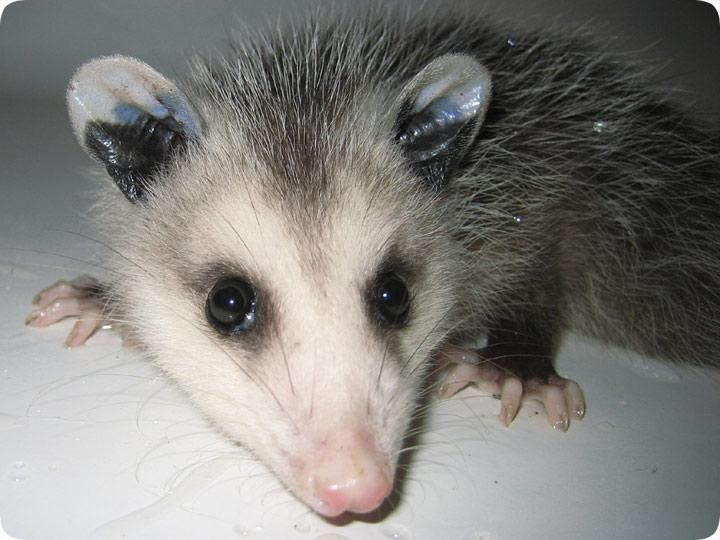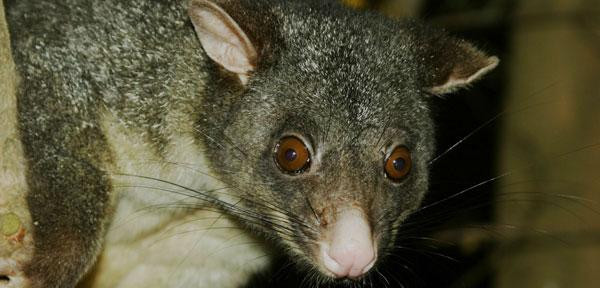Deliberate rodent control was created in oil palm ranches during the 1960s and 1970s by looking at snare blends and application procedures primarily for anticoagulant harms, in preliminaries with related biological investigations.(How To Remove Possums) Rattus tiomanicus populaces of 100–600/ha were assessed in plantings of a scope of ages and areas, and numbers varied gradually inside these cutoff points in a solitary plot without control, checked more than 20 years. Ideal control was with maize based wax-bound goads (ca. 12 g), applied one for each palm (for the most part 114–138/ha) with "substitution adjusts" of those taken, at 4-day stretches until acknowledgment declined underneath 20% (typically around 5 or 6 rounds), doing enormous territories at half year spans to limit middle development. Potential misfortunes are assessed at 5–10% of the palm oil item, worth, inside the wide value cutoff points of late years, from $(US)48 to 288/ha. Goading cost is around $15/ha (catch possum). Occasions since 1982 incorporate appearance of warfarin safe populaces (yet "second era" anticoagulants stay viable); the substitution of the once pervasive and practically sole rodent of develop oil palms, R. tiomanicus, by R. rattusdiardii, in a few regions; and a few populaces showing disapproval of snares.

Organic control, by putting settling boxes to empower stable owl numbers to develop, is drilled by a few manors, in spite of the fact that proof of definite impact is conflicting.(getting rid of possums) Examination is expected to decide rodent populace sizes and misfortunes in the long haul if huge regions are left unbaited with the goal that normal control specialists can develop; likewise to affirm whether the owls really add with their impact(how to get rid of rats in the roof). This could incorporate further advancement of method to consolidate owls with restricted bedeviling, which was the first assumption for their value by and by. Ideal technique where work deficiency influences natural product collecting productivity should be thought of. Elective toxic substances (counting "organic rodenticides"), chemosterilants and pheromones merit further examination.
Substantial misfortunes can be caused in rice by R. argentiventer. It chops down developing stalks (the greatest reason for misfortunes) and eats creating grain. The substitution round strategy is powerful. Misfortune supported relies upon site-appropriateness for tunneling, asylum, and substitute food.(get rid of possums) These are connected principally to estimate of "bunds" (earthbanks isolating individual paddies) and territory of blended non-paddy land. A middle increase of ca. 1.8 t/ha was found in preliminaries in a scope of regions, by and by worth about $(US)250 (farmgate), against snare cost of about $2. By the by, usage actually has been enormously restricted by financial elements.(how to get rid of rats under my house) Rice developing conditions vary broadly in appropriateness for rodent develop in developing seasons, and support between them. This relies essentially upon the accessibility of substitute food and asylum. Non-teasing control measures incorporate diminishing this site appropriateness, entomb alia by limiting both blended land that isn't rice edited, and the size of the earthbanks ("bunds") that different the paddies. Another methodology is enormous scope fencing with related catching (the snare/boundary or TBS framework). Owls have been set up in some rice territories, however there is no distributed investigation exhibiting their effect on rodent harm, something obviously alluring. Mixes of these strategies seem worth researching along with a diminished goading system.

Different yields are developed for a huge scope, albeit none methodology the degree of oil palm and ratrice ( possum in my roof). Coconuts, on a world premise, support weighty misfortunes to rodents. In South East Asia, R. tiomanicus (and presumably different species) harm the nuts, yet this has not been measured in any detail. Cocoa as an estate crop extended from around 1970, in Malaysia and different domains in SEA, and demonstrated subject to rodent harm.(rodent trap) The yield demonstrated unbeneficial and most was taken out from around 1990. Rodent populaces seemed not to have set up in monocrop cocoa, however harm possibly was hefty close by pervaded oil palms, or in plantings under coconut conceal. Rodents can cause extreme misfortunes in a scope of natural product plantations, in spite of the fact that squirrels are normally more genuine. Among field crops other than rice, explicit reports on rodent harm are scant. Sugar stick can be assaulted, and in a pilot project in Malaysia, R. exulans caused substantial misfortunes. Substitution round goading has appeared to be compelling where attempted(possum problems). Owls take rodents in cocoa, however there are no reports of their potential in useful control being tried in that or any of these different yields.
The progressions that may happen with ordinary bedeviling make the improvement of "practical" choices attractive. This requires progressing study, especially, of rodent populace environment, and the financial aspects of misfortunes (possum in my house). The accessibility of successful goading is an incredible asset for the last mentioned.